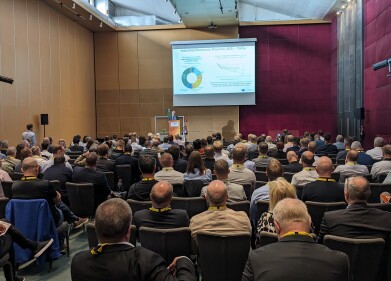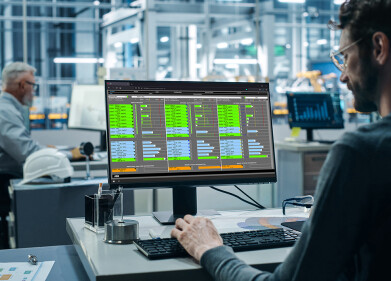Air monitoring
Cost-effective monitoring for volcanogenic pollution
Jul 12 2017
AQMesh is currently being used in communities living near the Masaya volcano in Nicaragua to monitor levels of volcanogenic SO2 (sulphur dioxide) and PM (particulate matter) and assess their impact on air quality. Six AQMesh pods have been used during the project, which show variations in levels of SO2 and PM at different times across a range of locations in the area.
The pods were installed in March 2017 as part of a research project funded by the Global Challenges Research Fund: Unseen but not unfelt: resilience to persistent volcanic emissions (UNRESP). The project is led by the University of Leeds and is a multi-partner collaboration of several universities in the UK and Nicaragua, as well as Nicaragua’s natural hazards observatory INETER and the Icelandic Met Office.
The aim of the UNRESP project is to develop an early warning system for dangerous levels of air pollution, with specific focus on SO2 and PM. Currently, the AQMesh readings are being compared to predictions from the CALPUFF pollution dispersion model, which has been successful in air pollution forecasting at other volcanic sites.
Project leader, Dr. Evgenia Ilyinskaya, said: “Air pollution is a chronic and serious hazard affecting many developing countries, but there is generally very limited capability to monitor and mitigate it. AQMesh provided us with an opportunity to install the first air quality monitoring system in Nicaragua. The pods are very cost-effective which is of utmost importance for the local setting, yet they provide data that are of high quality. Real-time data on the ground is vital for quantifying and understanding the duration, peak concentration and frequency of high air pollution episodes, which are factors that directly impact human health.”
Diffusion tubes are also taking measurements at the site and being compared to the 15-minute average, real-time readings from the AQMesh pods. Whilst EU standards focus on short-term high concentrations, the UNRESP team is looking to assess the long-term impact of SO2 levels on the local population, so having measurements with real time and spatial resolution is critical to the development of an early-warning alert for high accumulations of pollutants.
The draft proposal for a follow-on project at the site states the collaboration with AQMesh during the early stages of this project also identified ways of improving the equipment for monitoring volcanogenic pollution, which is often much more corrosive than ambient urban pollution. Dr Evgenia Ilyinskaya commented: “AQMesh has proved to be extremely cost-effective for this project whilst also providing data quality comparable with EU-certified monitoring. One AQMET station was purchased during the UNRESP foundation phase and it will remain in Nicaragua to form part of the permanent AQ network.”
Please click here for further information.
Digital Edition
AET 28.4 Oct/Nov 2024
November 2024
Gas Detection - Go from lagging to leading: why investment in gas detection makes sense Air Monitoring - Swirl and vortex meters will aid green hydrogen production - Beyond the Stack: Emi...
View all digital editions
Events
Jan 14 2025 Abu Dhabi, UAE
Jan 20 2025 San Diego, CA, USA
Carrefour des Gestions Locales de L'eau
Jan 22 2025 Rennes, France
Safety, Health & Wellbeing LIVE
Jan 22 2025 Manchester, UK
Jan 25 2025 San Diego, CA, USA




















